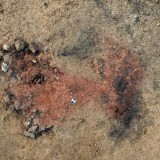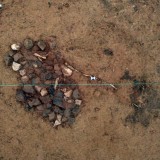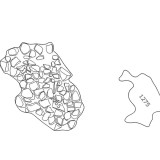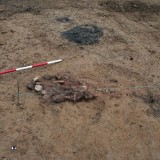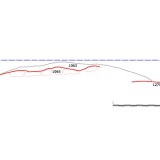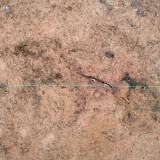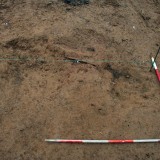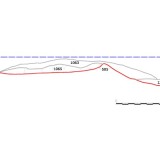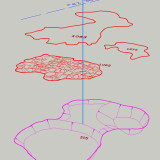Intro
Doing the rescue archaeology for almost one decade I never saw the cumulative section in terrain praxis. A standard way to get vertical documentation of an “object” (although I hate this term I would use it) is cutting to two halves, or more rectangular parts in the case of a larger object. I would consider the simplest kind of a sunken object in following text contemptuously proclaimed as “pit with that … ceramics” (greetings to Peter Kostrhun :)).
—
Well, this kind of object typically consisting of a negative and one or more deposits is cut by section in two parts in purpose of vertical stratigraphy recording. The cut itself is properly documented and usualy looks like the examples on fig. 01 a 02. And wait, the archaeological cut is so important institution having its own wikipedia post.
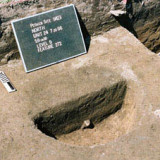 |
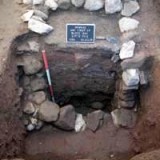 |
Fig.01 and 02. “Typical” simple sections through an “object”. Source – from somewhere in the digital ocean. |
Considering the “object” as a deposition place for two and more fillings, the half of those is removed by arbitrary section and their proper stratigraphic documentation in the terms of single context recording is impossible (remember Edwards basic rule having the whole deposits surface extracted and recorded!). Well, who cares the proper way using the cumulative section?
Cumulative section
The cumulative section firstly appeared in a famous Ph. Barker book Techniques of archaeological excavation (1993; p. 114-115) – regarding no references I presume Philip was a godfather of this technique. The aim was to achieve a complete information of a given stratigraphic entity in its shape in horizontal and vertical dimension and not to lose the luxury of composite stratigraphic section view. The technical procedure of the cumulative section is exposed on Fig. 03 (slightly unclear) and Mr. Barker was reputedly able to proccess quite complex stratigraphic situation by this technique. The resulting cumulative section is to be seen on fig. 04.
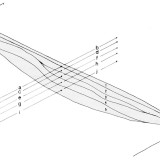 |
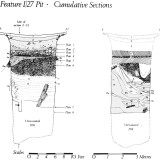 |
Taken from Ph. Barker 1993. |
Prague – Čimice 2011.
Having a lot of free time and ideal weather conditions during winter 2011 :) I decided to have some fun with cumulative sections Čámovka project (Labrys corp. rescue excavation). Worth to say that I had a less demanding stratigraphic situations than those on figs. 03 and 04. but the process is repeatable regardless the number of stratigraphic units. Describing step by step I hope the precedure would help to unveil the pros and cons of cumulative beast. A target was a pyrotechnical object (hearth) consisting of 3 deposits and one negative (cut). The technical docu was made by photogrammetry and total station exclusively.
Conclusion
Quick, reasonable and easy way to standard graphic docu without any information loss. Dont think about it, do it.

